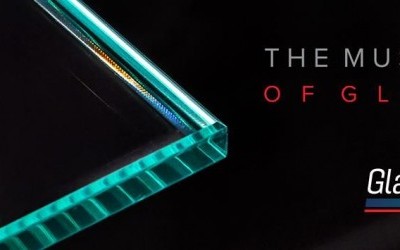Sandblasting glass
Sandblasting glass, also known as abrasive glass etching or sand carving, is the process of using a high-speed stream of compressed air mixed with abrasive particles to treat the surface of glass. This method allows for the creation of various textured and decorative effects on glass surfaces. Here are several key aspects of sandblasting glass:
-
Working Principle: During sandblasting glass, a stream of compressed air and abrasive particles is directed onto the glass surface at high pressure. The abrasive particles remove tiny fragments of material from the glass surface, creating textured or decorative patterns.
-
Materials: Sandblasting can be applied to various types of glass, including regular glass, glass with films or coatings, and tinted glass.
-
Decorative Effects: This method can be used to achieve a range of decorative effects, such as frosted finishes, engraved designs, embossed patterns, and even the creation of images or text on the glass.
-
Applications: Sandblasting glass finds widespread use in the production of windows, doors, glass furniture, stained glass, mirrors, glassware, sculptures, and other glass products.
-
Custom Design: This technique allows for the creation of custom and unique designs, making it popular among artists and designers.
-
Protective Films: In some cases, sandblasting is also used to create protective films on glass, preventing dirt and damage to the surface.
Sandblasting glass is a powerful tool for creating decorative and functional effects on glass surfaces. This process enables glass to be given a unique style and personality, making it popular in various fields of art and industry.




